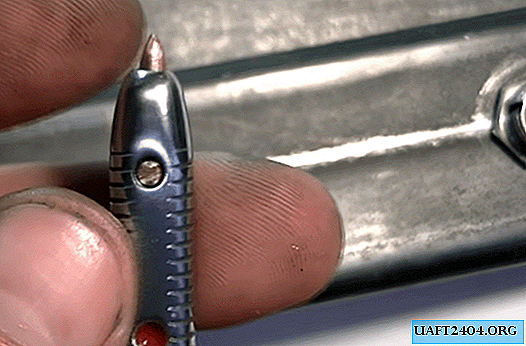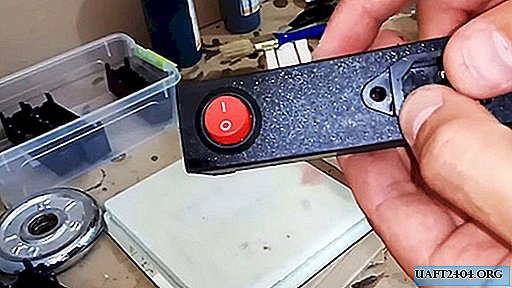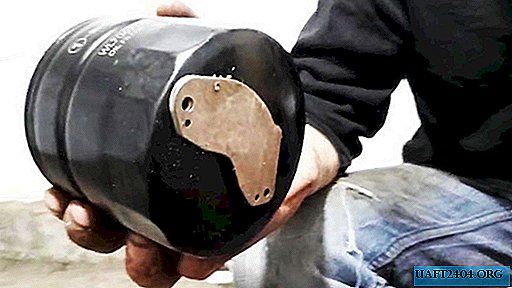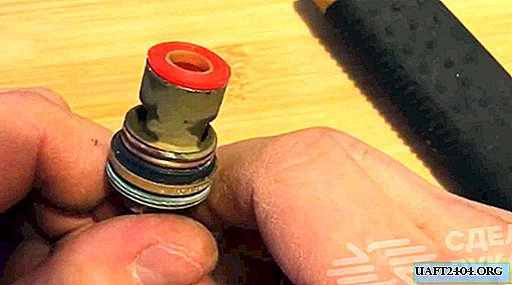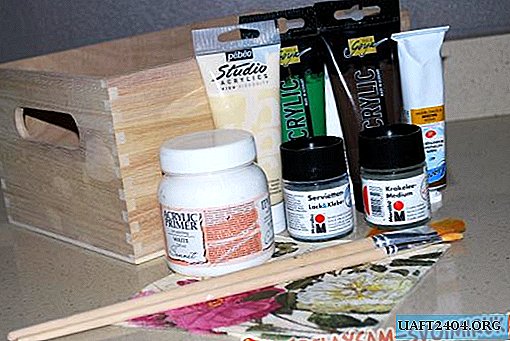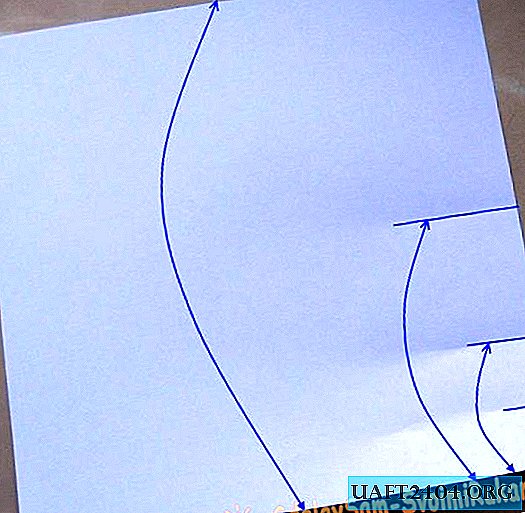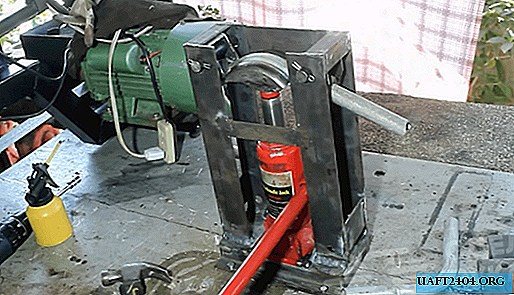Share
Pin
Tweet
Send
Share
Send

The assembly process of scaffolding, also called "goats", "goat", "table", can be divided into three stages:
1. procurement of materials
2. preparation of parts for assembly,
3. assembly.
Preparation of necessary materials
Sometimes a good work table can be collected literally from the rubbish that is lying under your feet. However, forests must meet at least some minimum requirements:
- the height of the table should be such that it does not have to reach for the ceiling or bang against it;
- the length and width of the "goat" should be such that it would not be necessary to constantly move it, but the table and doors should pass without problems;
- the most important factor is its reliability, but the mass of forests should not exceed the capacity of one person, so that you do not have to constantly ask someone for help with movement.
For a competent selection of materials, it is necessary to clearly understand the structure of scaffolding, which includes:
- countertop
- legs
- jumpers.
A worktop is an essential element of any table. It is its size and strength that affect the comfort of work, and it is precisely its weight that is most of the weight of the entire structure.
Often in the repaired premises there are old doors removed from the hinges. As a rule, such a countertop fully meets all the requirements. If anything, saw off too much from it - ten minutes of work.
If there are no suitable doors, the countertop will have to be assembled from something. For these purposes, pieces of plywood, chipboard or just boards are well suited. However, you need to understand that various gaps and protrusions will be great to interfere with further work, so they are extremely undesirable.
Having picked up boards or sheets, you need to pick up bars for the frame of the countertop. By the way, doorposts and additional elements are well suited for this. Of course, this frame should be strong enough, but light.
The legs of the table are no less important for its reliability and comfort. It is advisable that the length of the legs be suitable so that you do not have to increase them, because this can affect the strength. If there are no suitable bars or boards, then it makes sense to spend a little money and buy two or three bars. Bar 40x40 mm. perfect as legs, as well as for assembling countertops.
Well, if you want to completely save money, you can take an ordinary picket fence. Its length is usually 130 cm. Therefore, it may not even be necessary to cut the picket. It is well suited for various jumpers. By the way, almost any rubbish can be used as jumpers - boards, bars, pieces of the plinth, opanel, and so on. If only the tree would not crack when hammering a nail or screwing a screw.
The choice between nails and self-tapping screws is made on the basis of two factors: what is available and what tool this fastener will clog or twist. For example, in the absence of a drill or screwdriver, you should not bother with screws, because a screwdriver will not help here. However, self-tapping screws are preferable, of course. The likelihood that they will crawl out is almost zero, unlike nails. By the way, too long self-tapping screws are not needed, because they can be screwed obliquely. In this case, even short self-tapping screws will be suitable.
Blank preparation
This process must begin with the assembly of the countertop, since its size will determine the size of the scaffold. In addition, all other elements will be attached to the countertop.
If a door leaf is used as a tabletop, it is advisable to remove all protruding parts from its working surface - handles, hinges, etc. If necessary, the door can be sawn with a simple hacksaw or jigsaw. If "goats" are needed very small, then from one door you will get as many as two countertops.
In the absence of a door leaf, it is necessary to mount a frame for the countertop. Moreover, this will be the first step in the assembly of scaffolding. But to sheathe this frame is more convenient at the very end of the whole process.


After sawing off one leg of suitable length, the rest must be measured and marked precisely on it so that their length is exactly the same. After this, the legs are screwed to the frame of the countertop, laying it on the floor. By the way, if the floors are completely even, then leveling the tilt of the legs is very convenient using the building level or plumb. It is desirable that the legs stand strictly upright.
Diagonal and horizontal jumpers do not need to be specially procured; it is much easier to cut off excess after installation.
Table assembly
Having fixed the legs, you can do jumpers. Each leg must be reinforced with two diagonal jumpers fixed to the frame of the countertop on its two sides. Moreover, the installation of these elements must be done from the inside of the frame so that nothing sticks out from the outside. For information, the car’s bridge is attached to its body with the same “jibs” called jet rods, so the reliability of this method has long been verified.
From the ends of the table it is necessary to mount two additional horizontal jumpers, which will become steps. Therefore, these elements must be well fixed and have the appropriate strength, because they will have to easily support the weight of a person.
When the frame of the entire structure is ready, you can put it on its feet and, making sure the table is stable, mount the working surface of the countertop. With insufficient stability, you just need to twist the necessary diagonals, slightly shifting them. Such actions can achieve the complete absence of all kinds of "swings".
It should also be noted that any sharp corners, ends, protruding nails and other dangerous things are completely unacceptable, since someone will catch on them and be injured.






Reliable scaffolding is the key to success with many types of finishing work, and saving time and money on assembling a good goat will surely come out sideways!
Share
Pin
Tweet
Send
Share
Send

